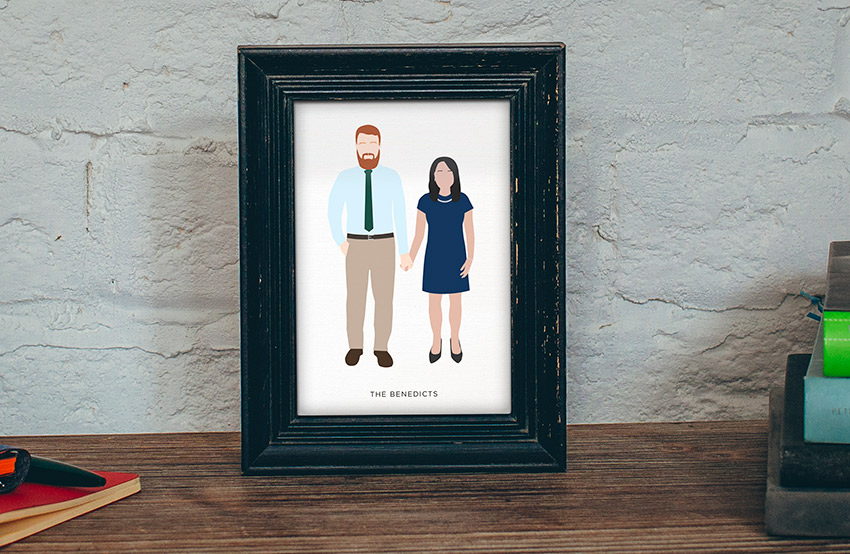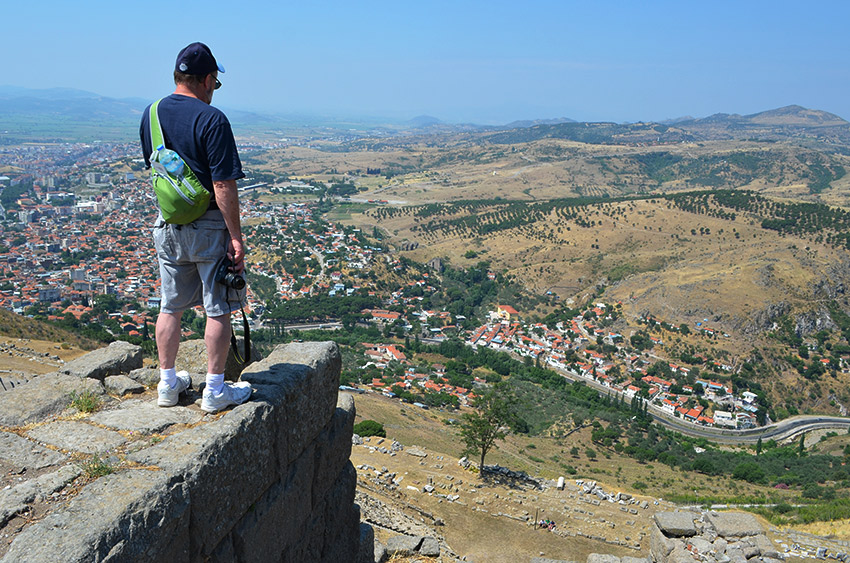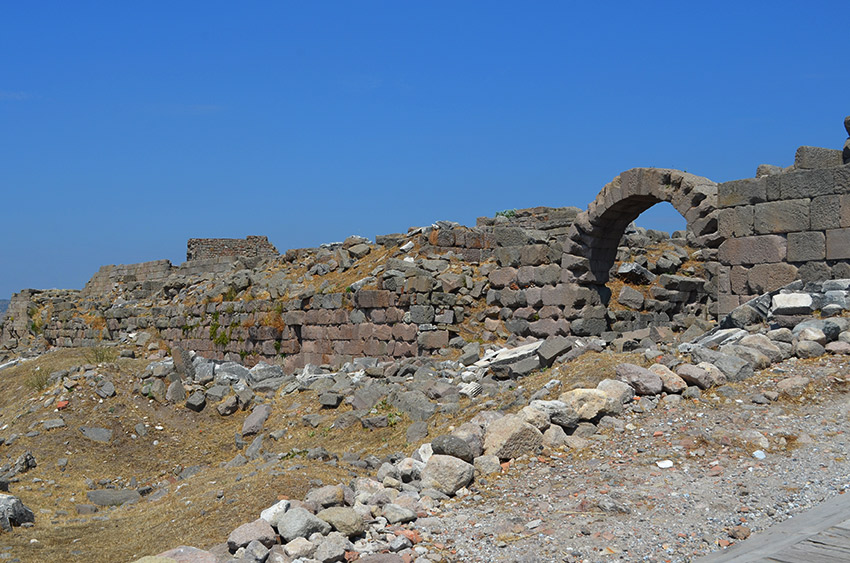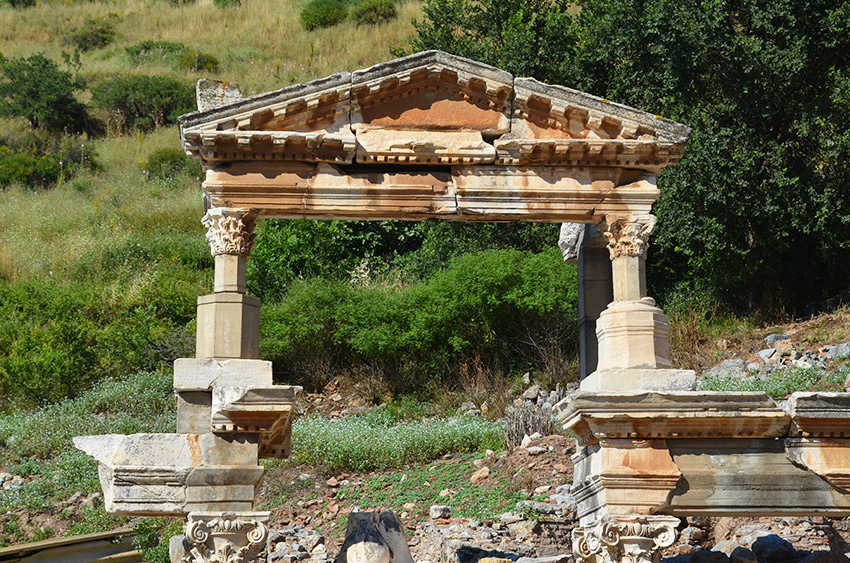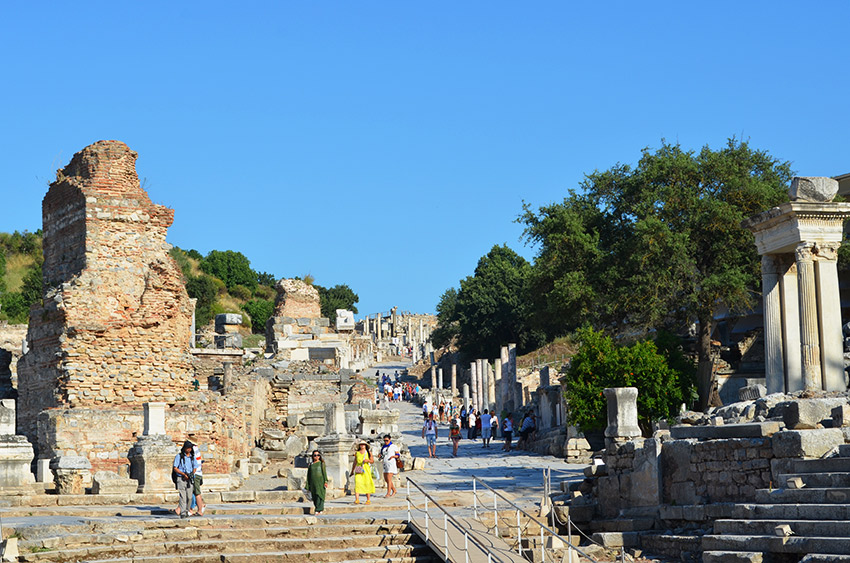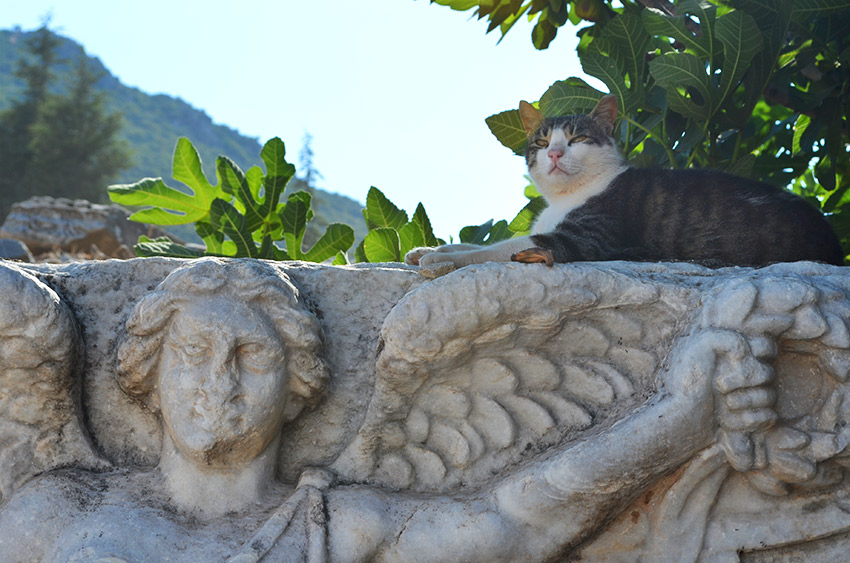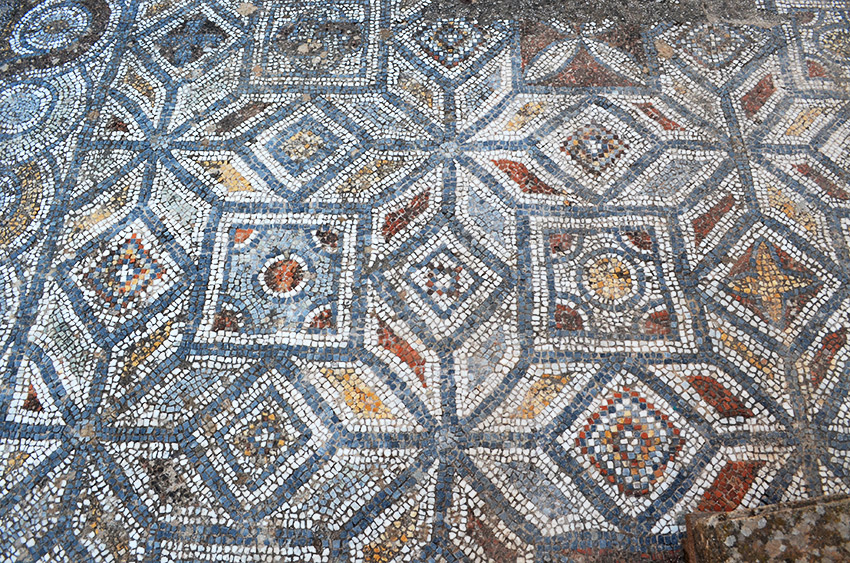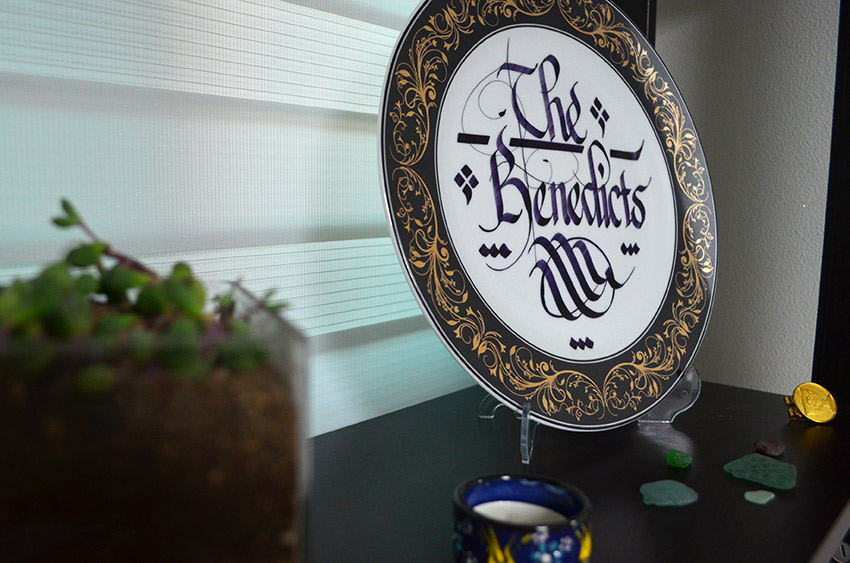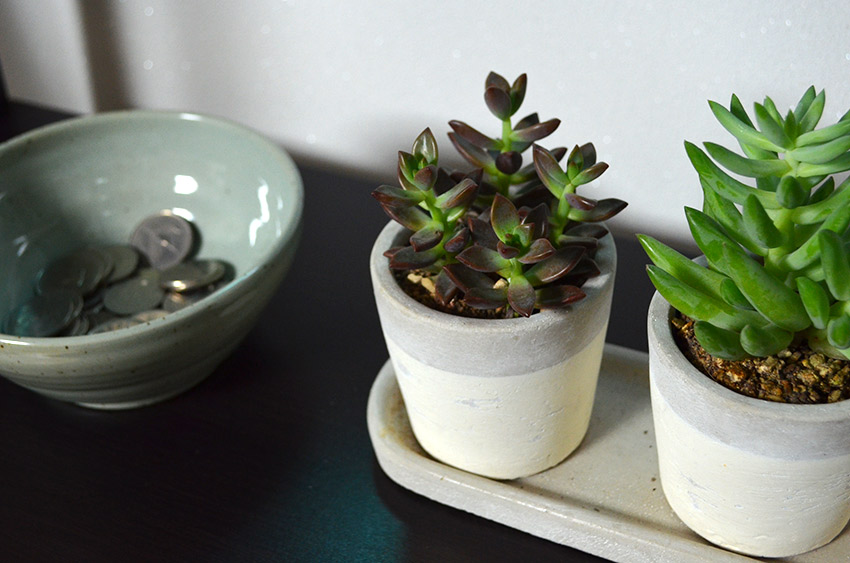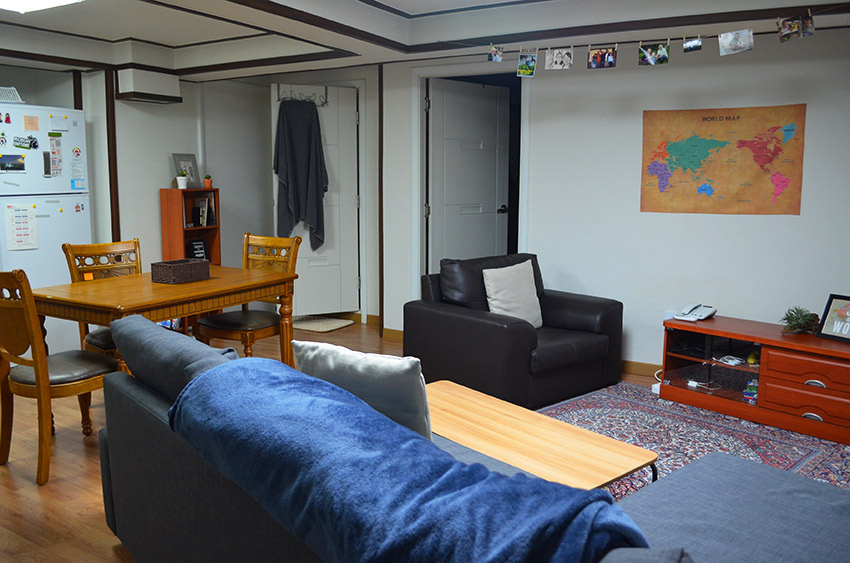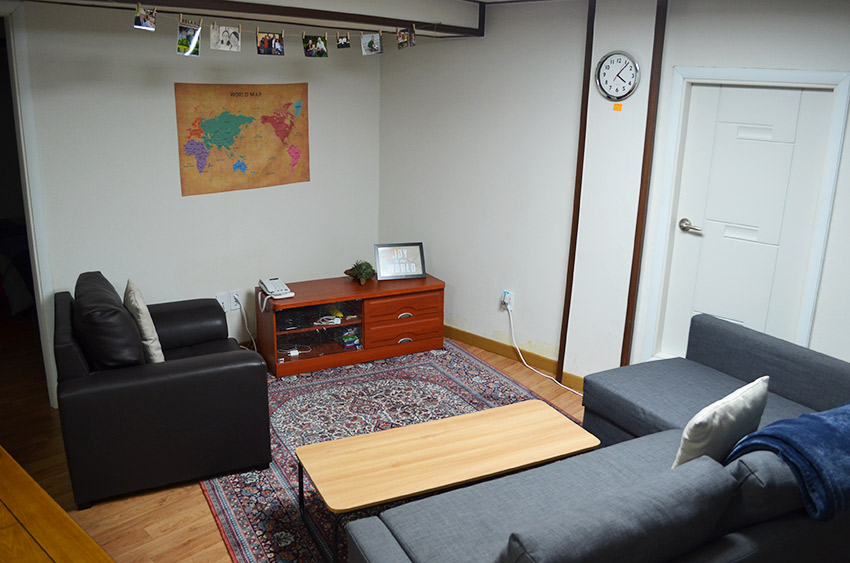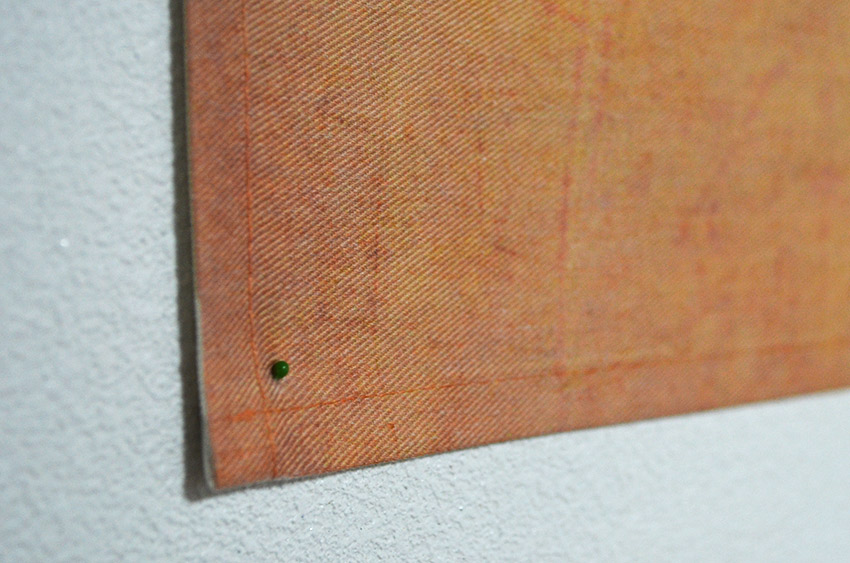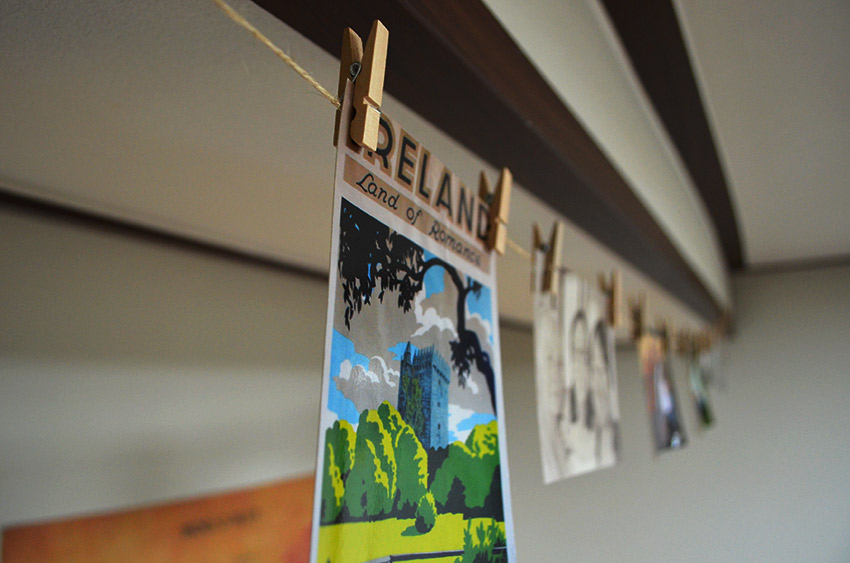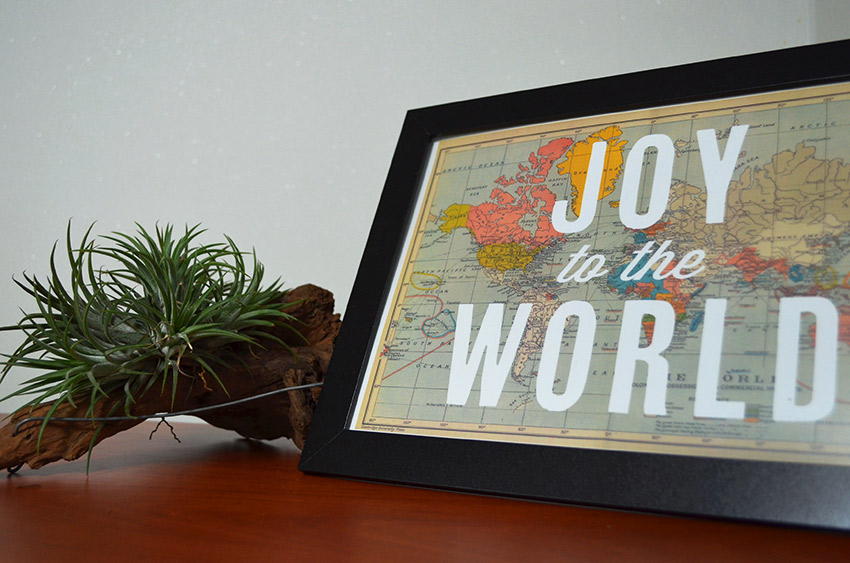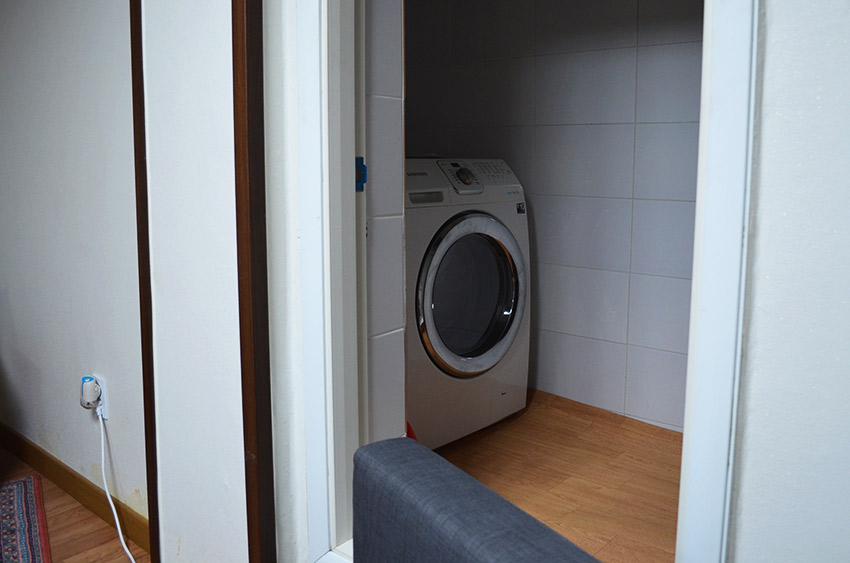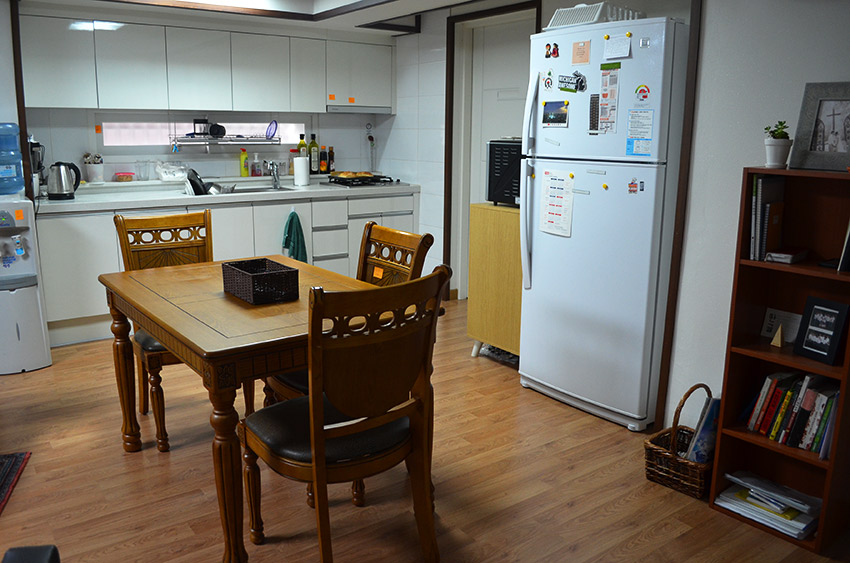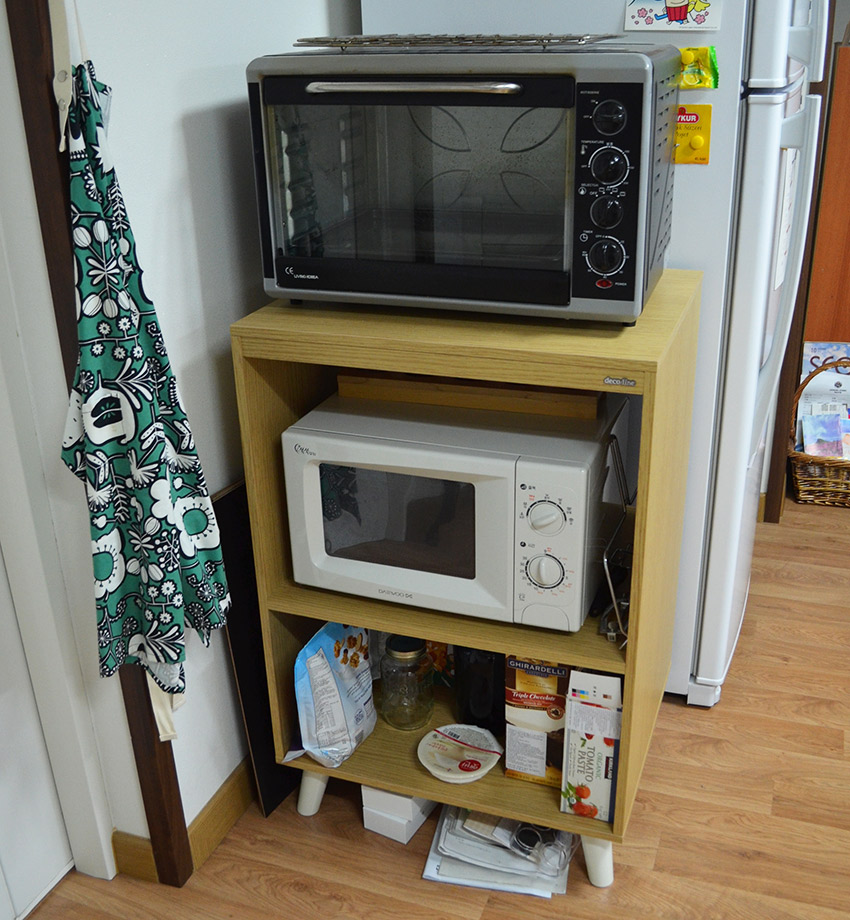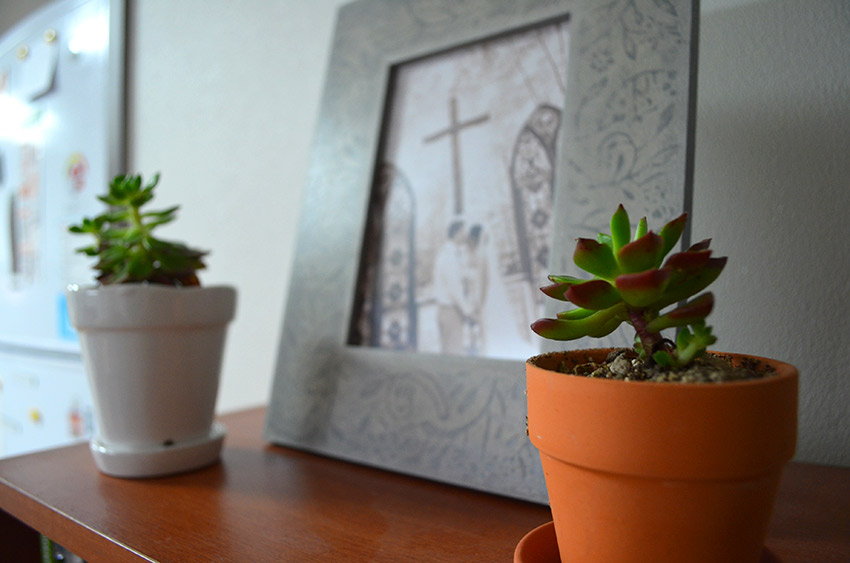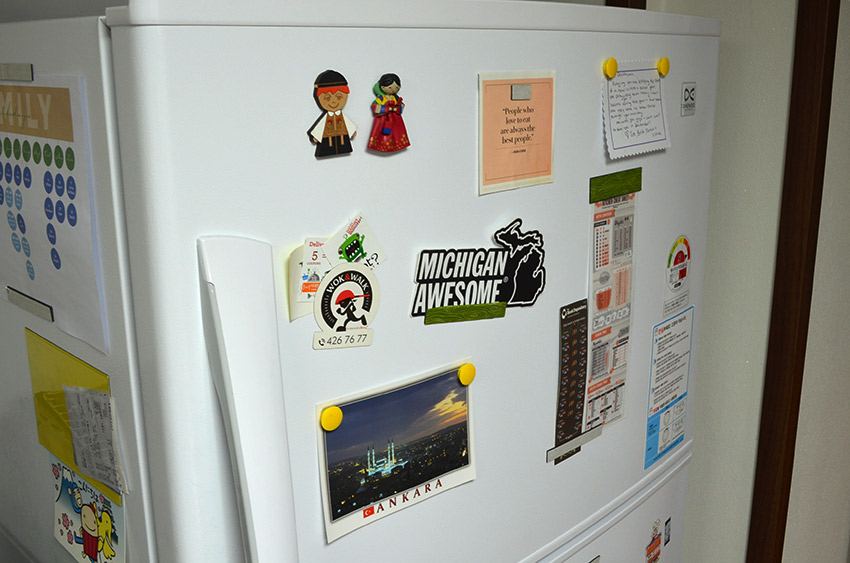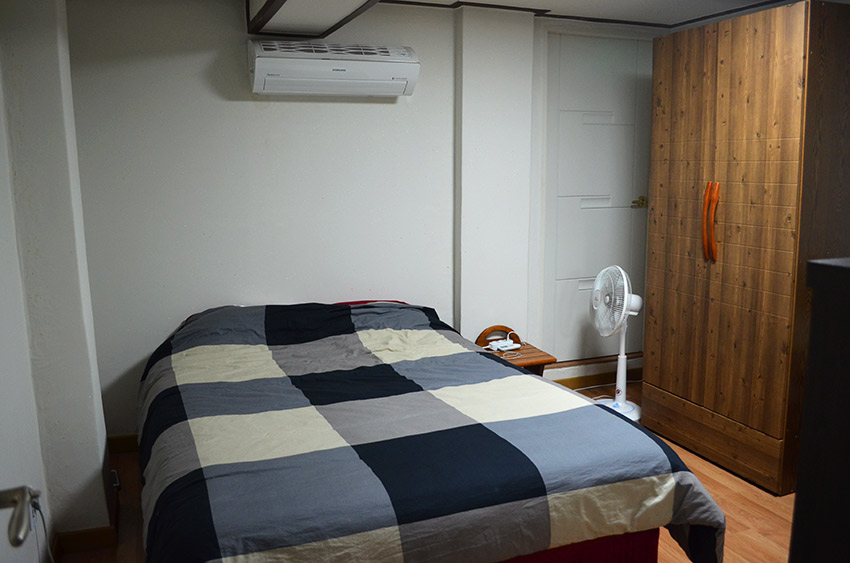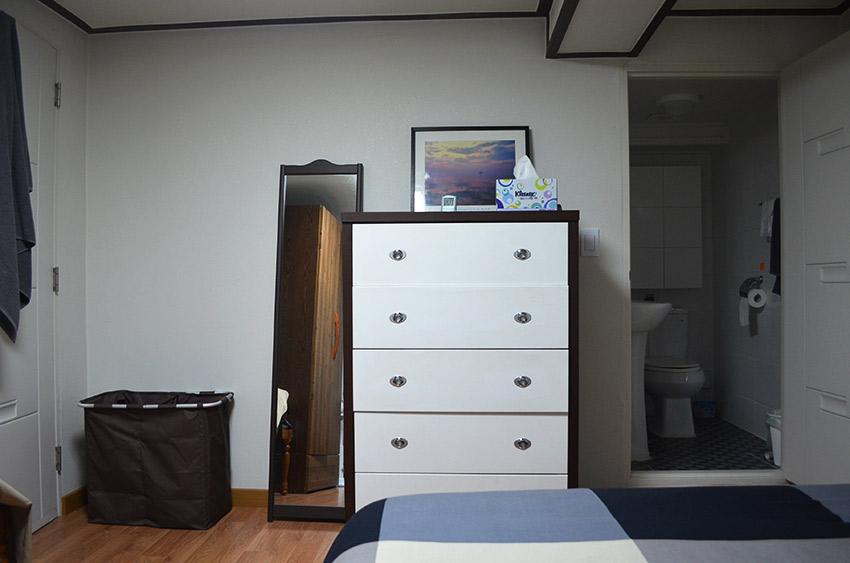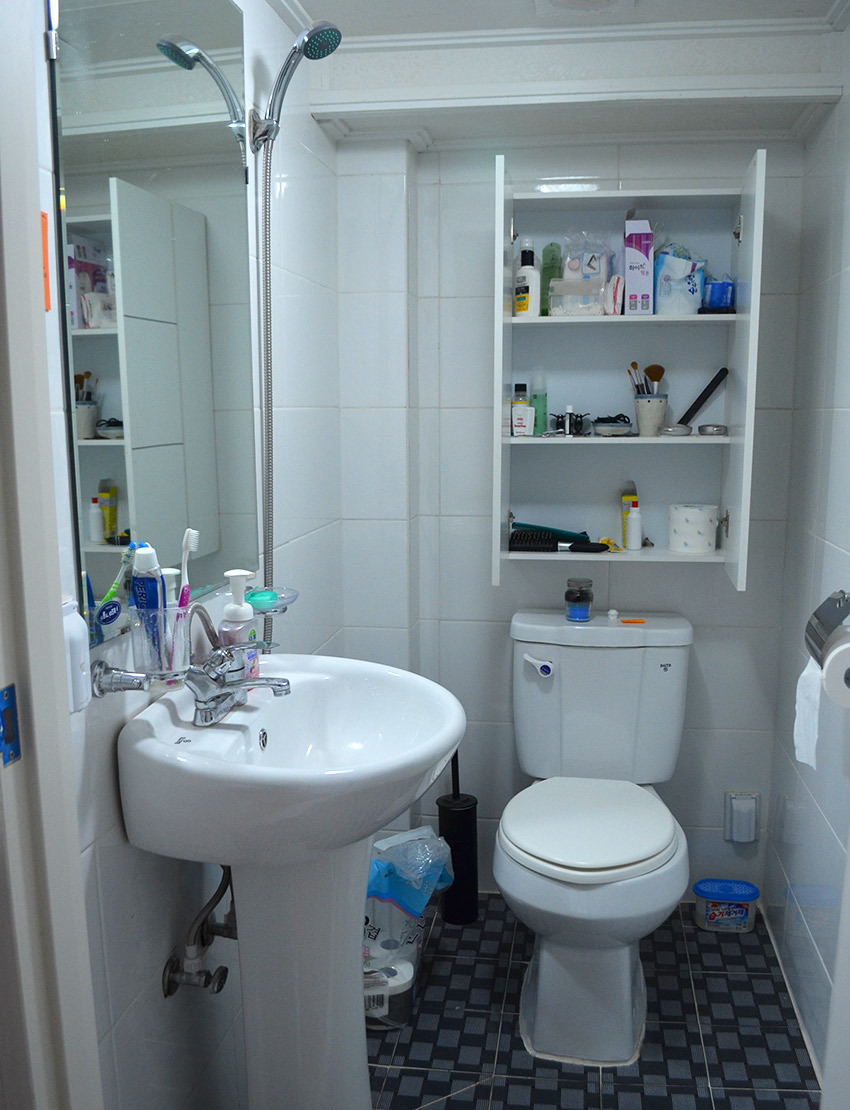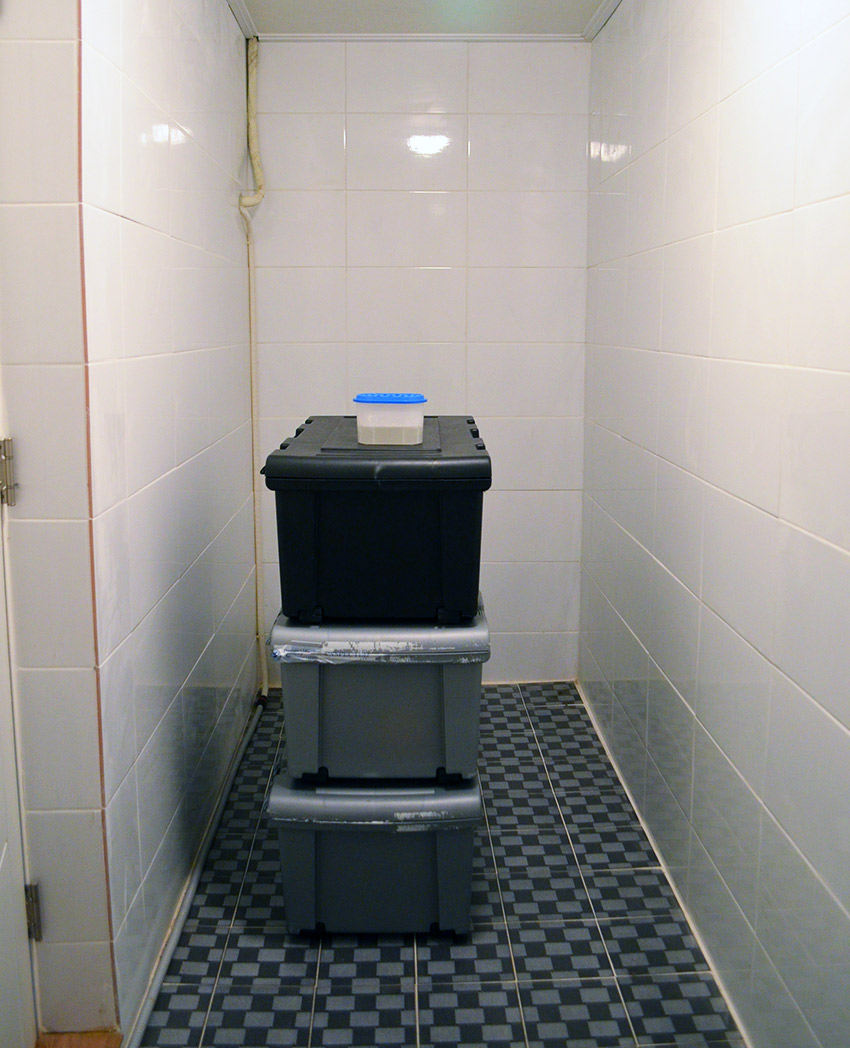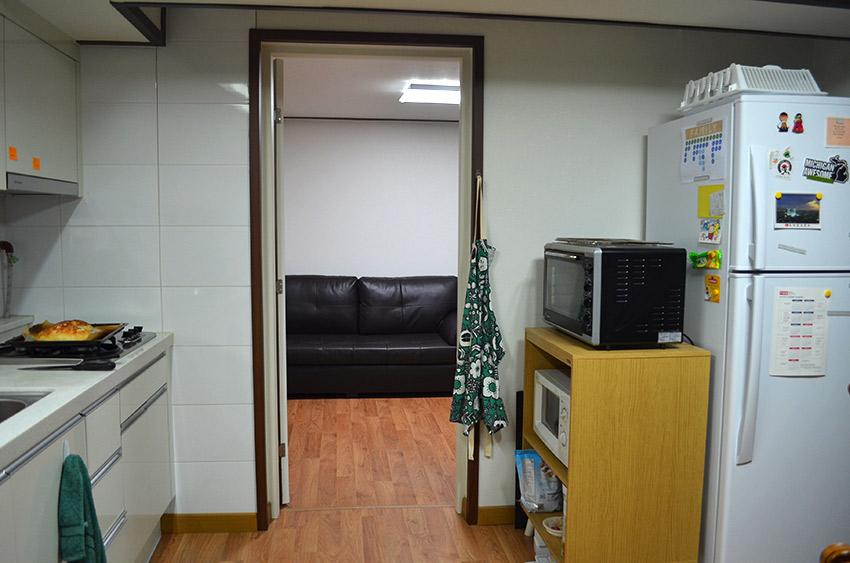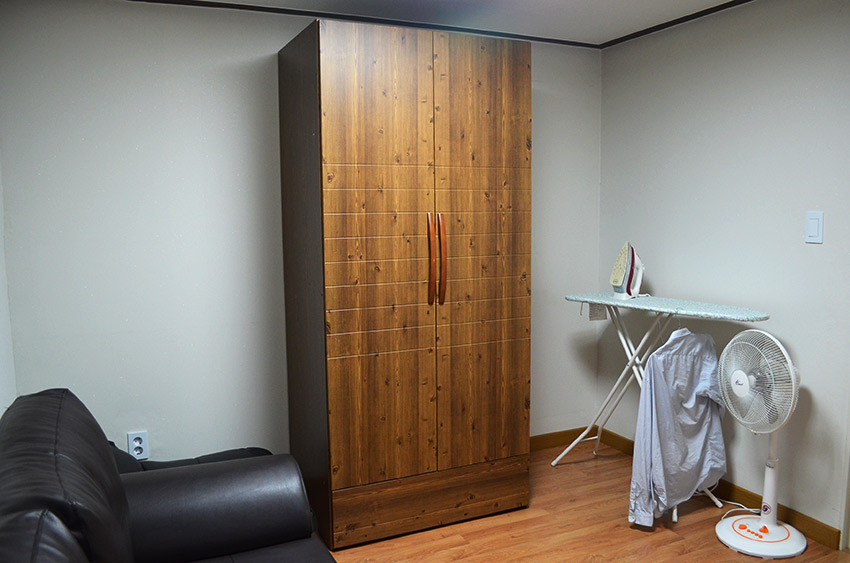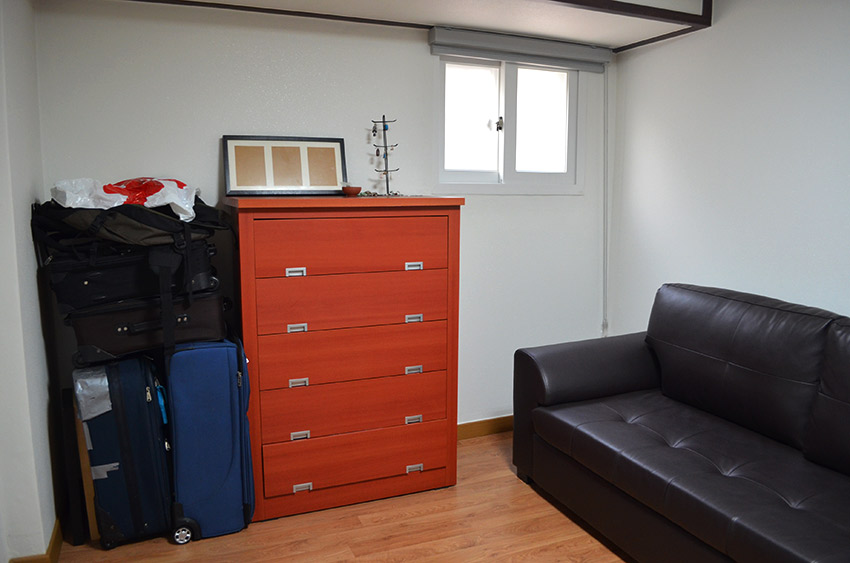After spending the night in Bergama, we drove 3.5 hours north to Troia and the ruins of Troy. (Did you know Troy is in Turkey? I thought it was in Greece!) For a time it was believed the city mentioned in Homer’s Iliad was fictional, but a British man discovered the ruins in 1863.
It was raining that morning, so it was rather miserable to be outside. We sat inside of the “replica” Trojan horse for a while to avoid the rain. Had we had a tour guide and if the weather had been clear, I might have enjoyed this stop more. We hurried through the site and I didn’t read many signs.

Theater:


This area was significant because it showed four layers of civilization:

The view from Hisarlık across the plain of Ilium to the Aegean Sea:

After Troy, we took a ferry boat across the straights to the European side of Turkey. The car ferry cost only 30TL! I was impressed by that. We saved a significant amount of travel time by taking the ferry. (We were on our way to Istanbul.)

It was nearing dark and the weather was still rainy. David really wanted to see the site of the Battle of Gallipoli (aka the Battle of Çanakkale). We drove along the water in Gallipoli Peninsula Historical National Park to the Çanakkale Martyrs’ Memorial.
The battle took place April 1915 – January 2016. The Ottoman victory was a defining moment for the country. Eight years later, the Republic of Turkey was established.
The Water Diviner movie starring Russell Crowe came out last year and gives an interesting perspective of and shortly after the war. I recently finished reading Birds Without Wings by Louis de Bernières. The novel is another great period piece.






The memorial structure stands 41.7 meters tall. Here’s Ben standing at the base of it for scale:



It was sobering to see the graves and names of fallen soldiers. It is estimated over 100,000 men died during the Gallipoli Campaign including Turkish, British, French, New Zealander, and Australian soldiers.



After the sun set, we made our way to Gallipoli Konukevi. We were very impressed by this guesthouse! The small apartments were modern and spacious. Their breakfast was wonderful as well.

